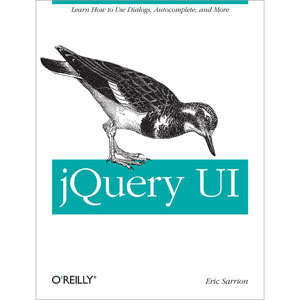Designing Information

“The book itself is a diagram of clarification, containing hundreds of examples of work by those who favor the communication of information over style and academic postulation—and those who don’t. Many blurbs such as this are written without a thorough reading of the book. Not so in this case. I read it and love it. I suggest you do the same.“
—Richard Saul Wurman
“It is a dream book, we were waiting for…on the field of information. On top of the incredible amount of presented knowledge this is also a beautifully designed piece, very easy to follow…”
—Krzysztof Lenk, author of Mapping Websites: Digital Media Design
“Having had the pleasure of a sneak preview, I can only say that this is a magnificent achievement: a combination of intelligent text, fascinating insights and – oh yes – graphics. Congratulations to Joel.”
—Judith Harris, author of Pompeii Awakened: A Story of Rediscovery
Designing Information shows designers in all fields – from user-interface design to architecture and engineering – how to design complex data and information for meaning, relevance, and clarity. Written by a worldwide authority on the visualization of complex information, this full-color, heavily illustrated guide provides real-life problems and examples as well as hypothetical and historical examples, demonstrating the conceptual and pragmatic aspects of human factors-driven information design. Both successful and failed design examples are included to help readers understand the principles under discussion.
From the Back Cover
The essential, full-color guide to understanding information design and how to make it better
Featuring hundreds of full-color problems and examples, this comprehensive guide discusses and illustrates approaches to designing complex data and information for meaning, relevance, usability, and clarity. Described and analyzed in lucid text and over 500 illustrations, examples include successful, compromised, and failed designs covering everything from parking signs and road and statistical maps to explanations of the appropriate use of line, color, and form. The book provides incisive and useful insights into the process of visualizing complex information and communicating it in a simple, honest, and accessible form. Some of the many topics covered include:
- The nature of information
- How we perceive, communicate, and understand
- Dimensionality, proximity, numbers, and scale
- Organization and typography
- Movement, orientation, and situational geography
Table of Contents
Chapter 1. Aspects of Information Design: The nature of information
Chapter 2. Qualitative Issues: Perceptions, conventions, proximity
Chapter 3. Quantitative Issues: Dimensionality, comparison, numbers, scale
Chapter 4. Structure, Organization,Type: Hierarchy and visual grammar
Chapter 5. Finding Your Way? Movement, orientation, situational geography
Chapter 6. Documents: Stories, inventories, notes
Book Details
- Hardcover: 224 pages
- Publisher: Wiley (October 2012)
- Language: English
- ISBN-10: 111834197X
- ISBN-13: 978-1118341971














